Female-led spy films cover everything from real-life resistance missions to high-stakes modern espionage. These stories follow agents who work undercover, outmaneuver rival services, and operate in the gray spaces where alliances shift and secrets carry real consequences. They draw on history, tradecraft, and the dangerous logistics of living with a false identity.
This list brings together classics, biographical dramas, action thrillers, and comedies that center on women in intelligence work. You will find stories about handlers and assets, field operatives and analysts, and special operators who move between agencies and front organizations. Each entry notes the core premise, key characters, and production details that help the movie stand out in the genre.
‘Mata Hari’ (1931)
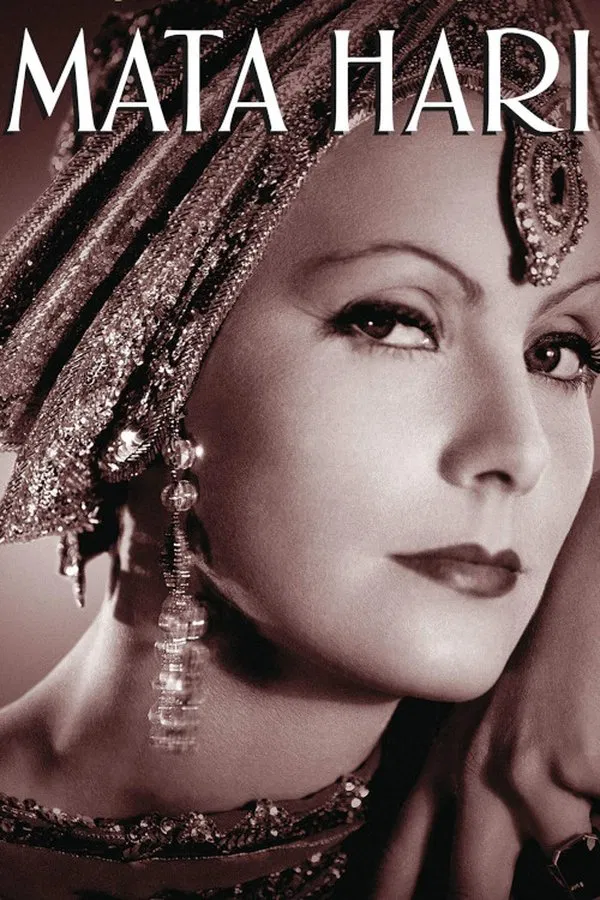 Metro-Goldwyn-Mayer
Metro-Goldwyn-MayerGreta Garbo plays the famous Dutch dancer who is recruited to obtain military secrets during wartime through seduction and coded communications. The story follows her use of staged performances, couriers, and rendezvous to access officials and officers while maintaining cover in European capitals.
Directed by George Fitzmaurice, the film uses studio sets to recreate hotels, embassies, and safe apartments, with costumes and props emphasizing disguises and symbolic tokens used in clandestine exchanges. Ramon Novarro and Lionel Barrymore co-star, and the production built its narrative on contemporary accounts and court records that had circulated widely.
‘Notorious’ (1946)
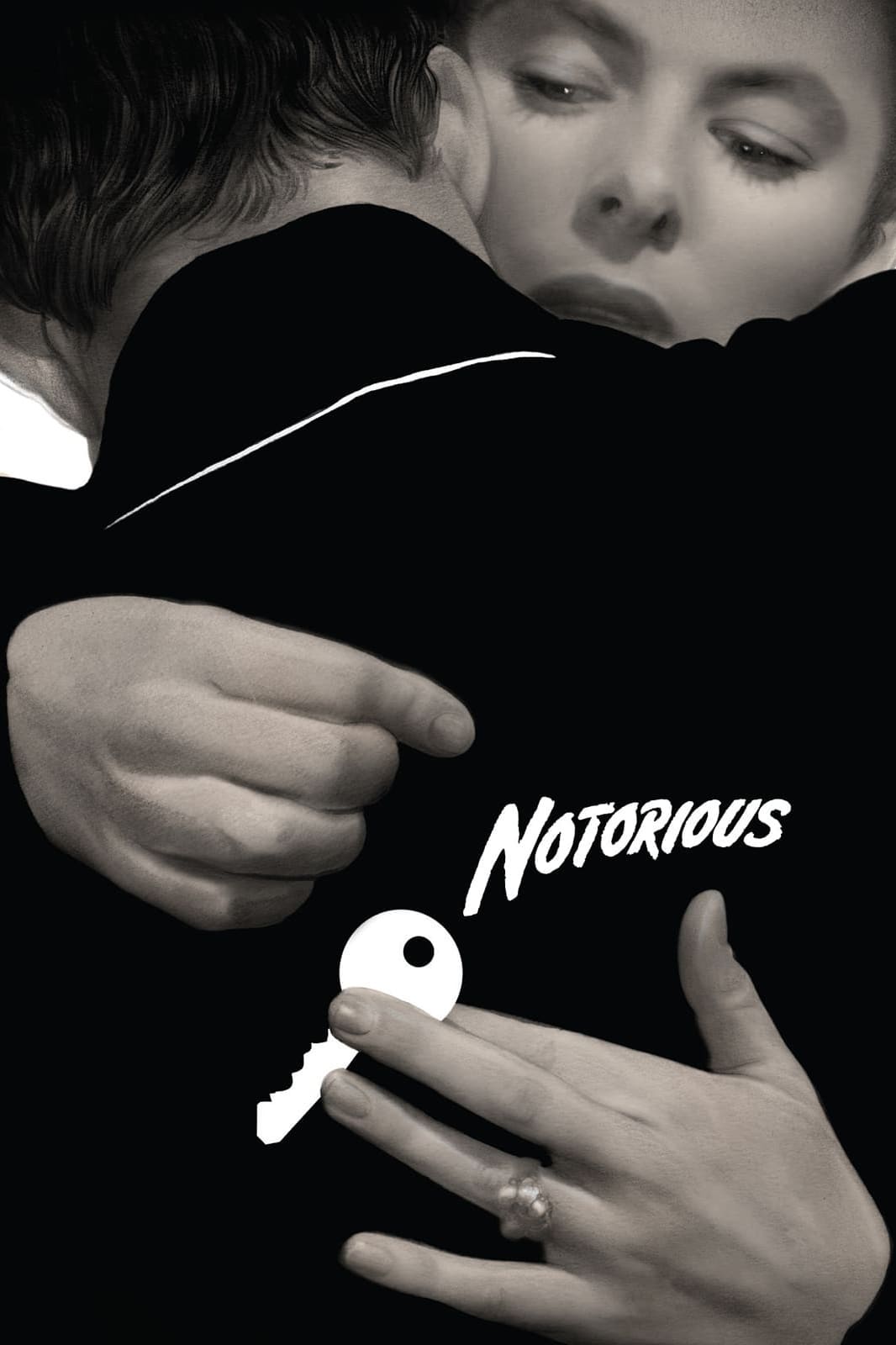 RKO Radio Pictures
RKO Radio PicturesIngrid Bergman portrays the daughter of a convicted spy who is tasked by an American agency to infiltrate a group of expatriate extremists in South America. Her assignment involves a cover marriage, controlled access to a wine cellar used for contraband storage, and microfilm hidden inside household items.
Directed by Alfred Hitchcock, the film features Cary Grant and Claude Rains and is known for its long tracking shots, key prop reveals, and the party sequence that conceals surveillance in plain sight. The screenplay by Ben Hecht integrates code names, handlers, and protocols for contact that reflect mid-century intelligence procedures.
‘Carve Her Name with Pride’ (1958)
 Angel Productions
Angel ProductionsThis biographical drama follows Violette Szabo, a British Special Operations Executive courier who undertakes missions in occupied territory. The film shows her training in small arms, route selection, and the use of cover stories and forged papers to move between drop sites.
Directed by Lewis Gilbert and starring Virginia McKenna, the production draws from official citations and family accounts. It portrays communications via poem-based codes and the risks of operating after large-scale enemy sweeps, highlighting the logistics of sabotage support and the consequences of capture.
‘Modesty Blaise’ (1966)
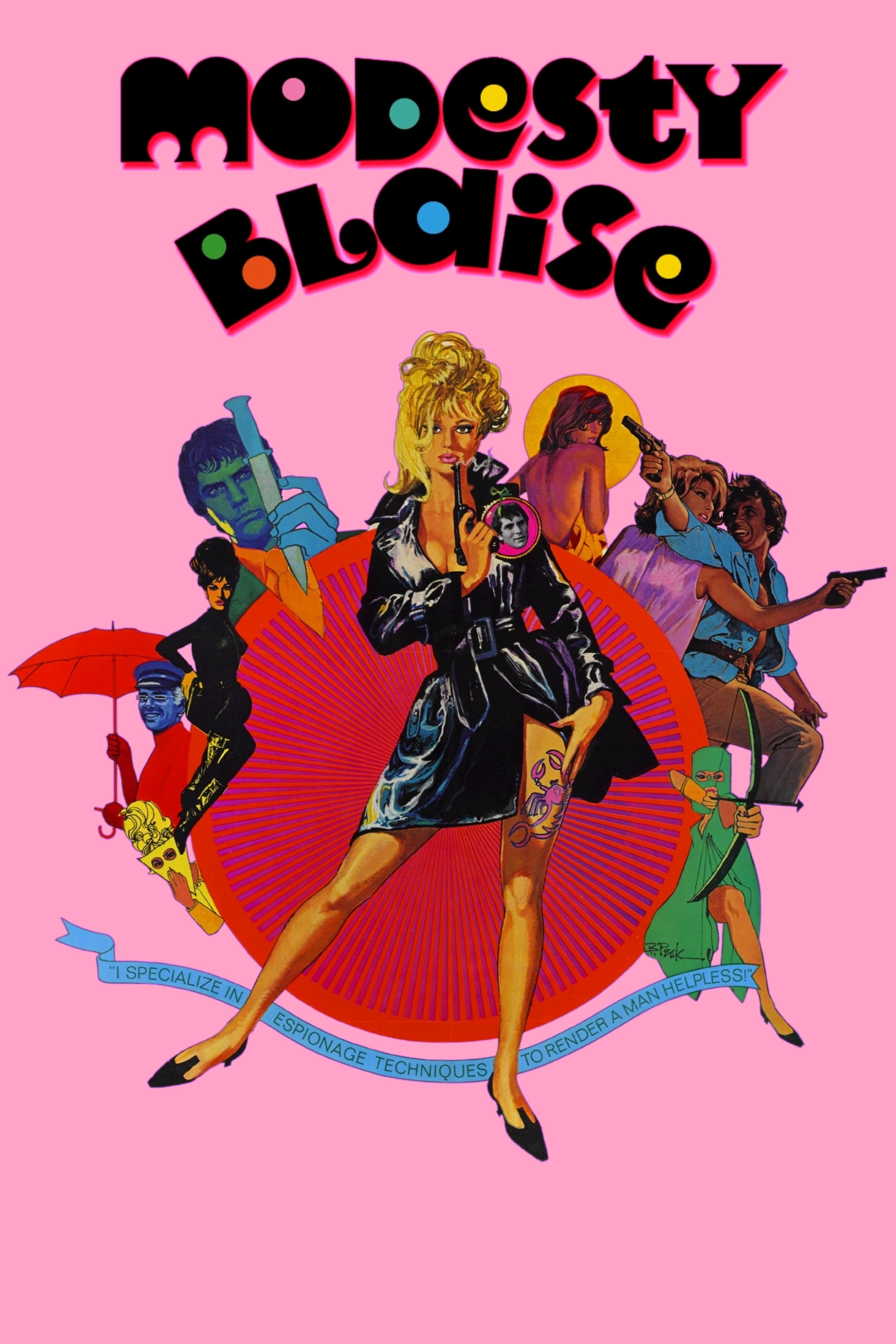 20th Century Fox
20th Century FoxMonica Vitti stars as a stylish freelance operative recruited to stop a diamond heist linked to international crime. The character runs networks of informants and uses decoy shipments, counterfeit credentials, and improvised gadgets to defeat rival agents.
Directed by Joseph Losey with Terence Stamp and Dirk Bogarde, the film adopts pop-art production design, location shooting in southern Europe, and choreographed set pieces that parody and celebrate espionage tropes. Its soundtrack, costuming, and comic-strip origins establish a template for playful spy capers centered on a capable woman lead.
‘La Femme Nikita’ (1990)
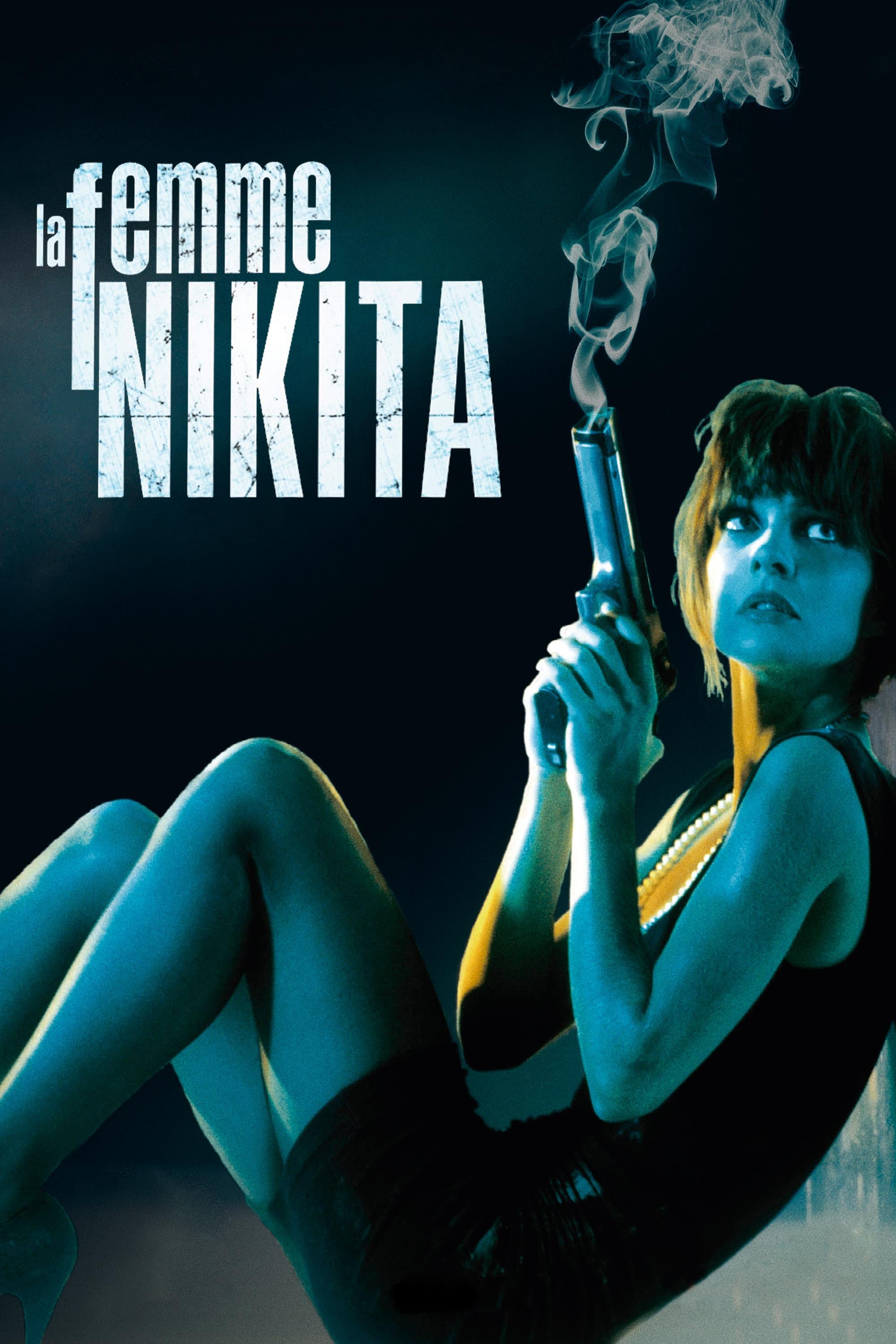 Gaumont
GaumontAnne Parillaud plays a convicted criminal who is covertly trained by a government directorate and reintroduced into society with a manufactured identity. Assignments include embassy penetrations, sniper overwatch, and operational exfiltration through concealed service corridors.
Written and directed by Luc Besson, the film details the training pipeline, from small-unit tactics and etiquette coaching to weapons familiarization and asset maintenance. It influenced later remakes and series, introduced recurring handlers like the character known as Bob, and used Paris locations for fieldwork sequences.
‘Point of No Return’ (1993)
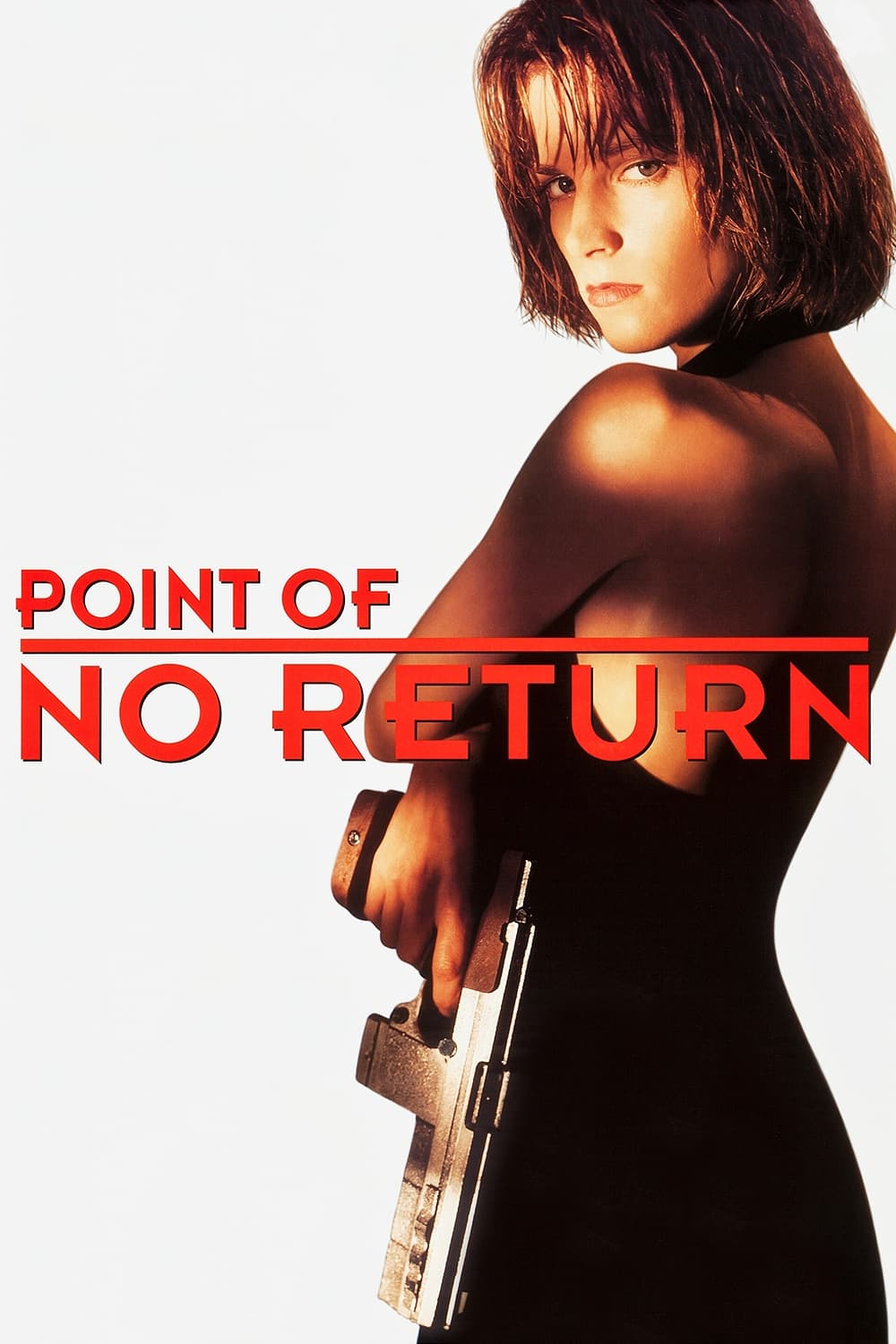 Warner Bros. Pictures
Warner Bros. PicturesBridget Fonda leads this American remake of ‘La Femme Nikita’, portraying an asset whose handlers deploy her to carry out targeted operations under a domestic cover. The film shows her interacting with case officers via coded phone calls and dead drops while balancing a civilian relationship.
Directed by John Badham with supporting performances by Gabriel Byrne and Anne Bancroft, the production translates the training and mission structure to American settings. It features sequences in restaurants, hotels, and government buildings that hide access points for surveillance and quick extraction.
‘The Long Kiss Goodnight’ (1996)
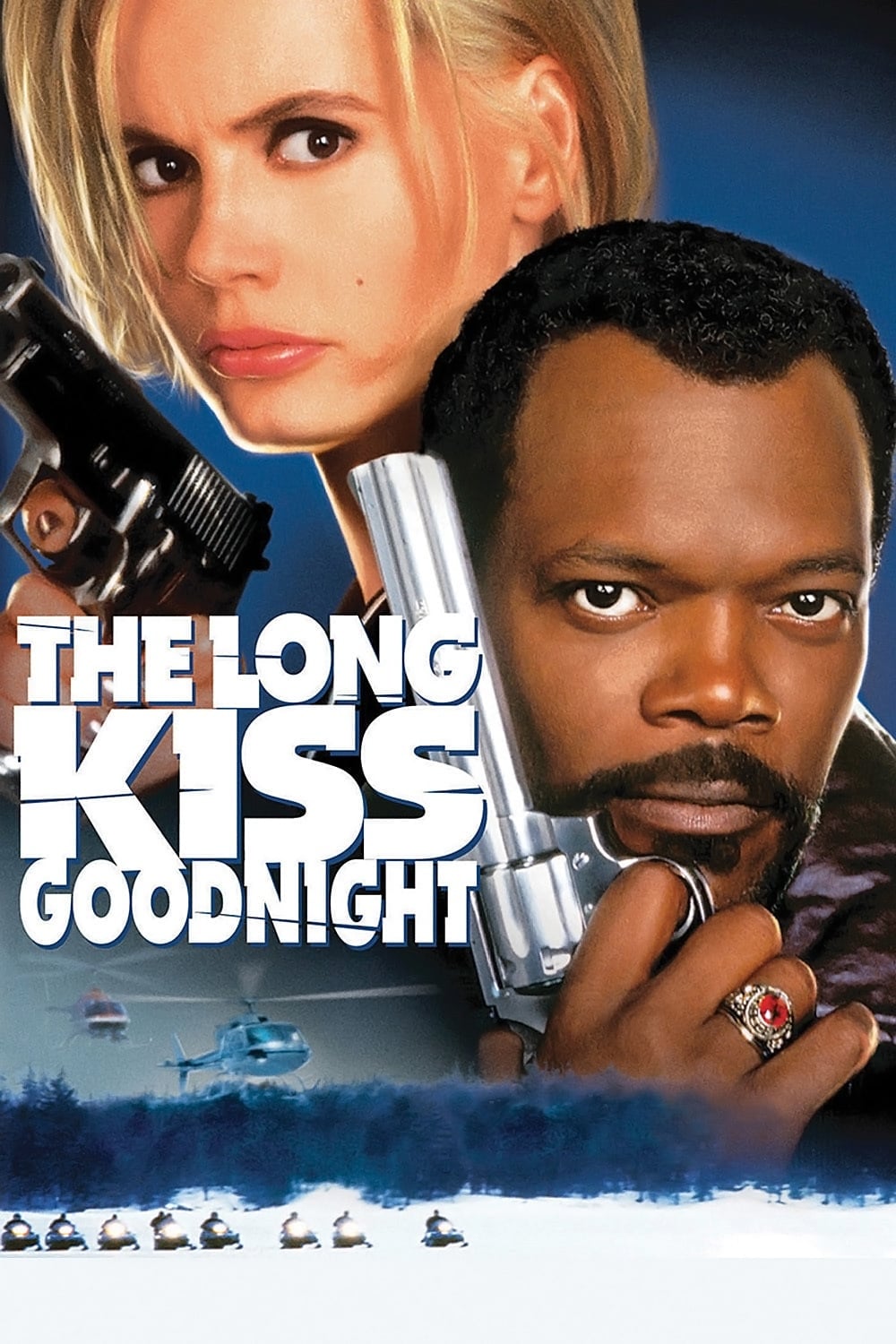 The Steve Tisch Company
The Steve Tisch CompanyGeena Davis plays a suburban teacher who gradually recovers memories of her past as a government operative. The plot uses safe deposit boxes, alternate passports, and contact lists to reconstruct her previous network and unfinished assignments.
Directed by Renny Harlin and written by Shane Black, the film pairs the lead with a private investigator played by Samuel L. Jackson. It stages operations across small towns and industrial sites, showing the reassembly of skills like interrogation resistance, improvised weapons use, and situational planning.
‘Charlotte Gray’ (2001)
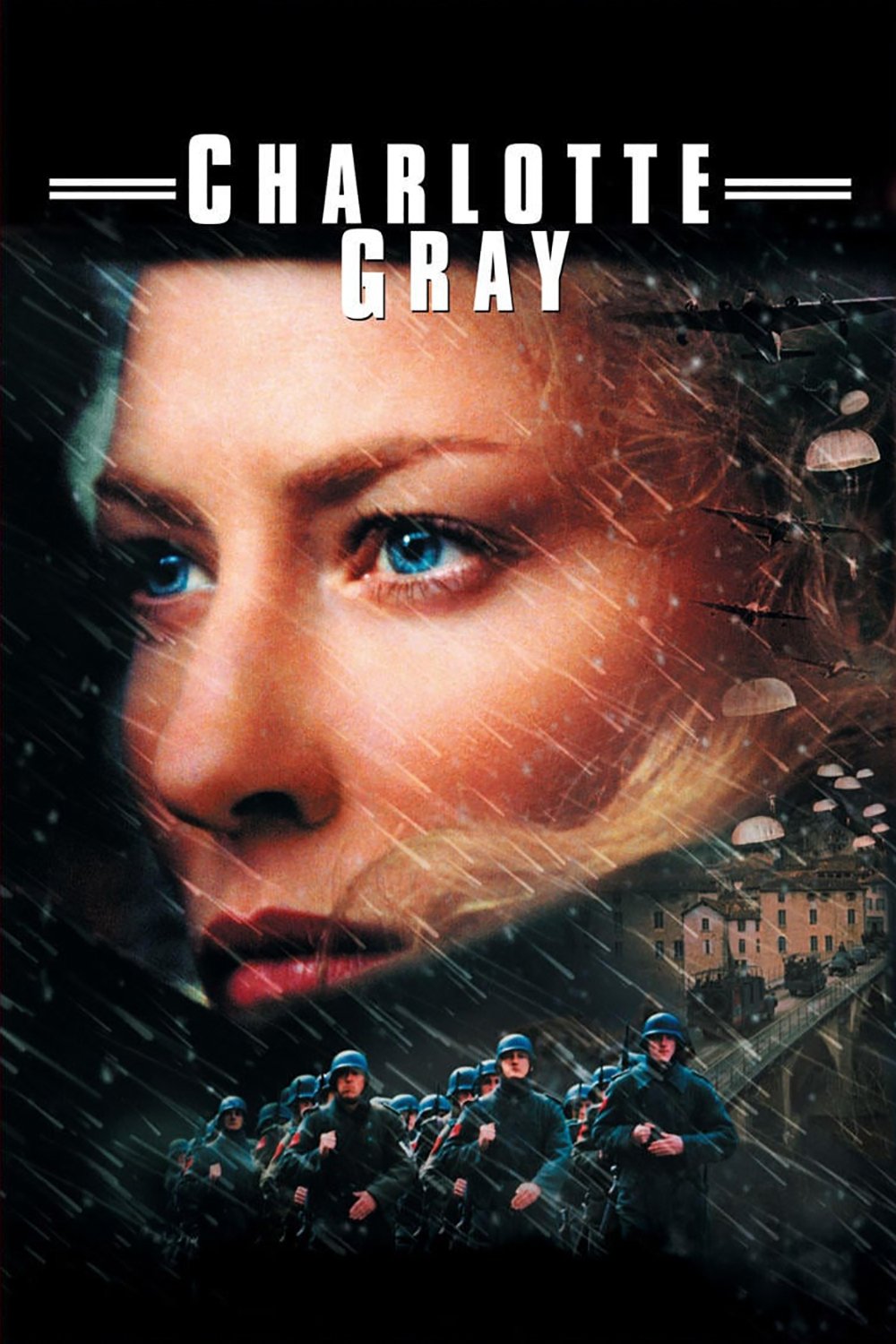 Ecosse Films
Ecosse FilmsCate Blanchett stars as a Scottish woman recruited by the Special Operations Executive and parachuted into occupied France. The narrative follows her work with rural resistance cells, coded radio transmissions, and the careful coordination of drop zones and shelter houses.
Directed by Gillian Armstrong, the film adapts Sebastian Faulks’s novel and features locations in France and the United Kingdom. Production design recreates civilian clothing suitable for concealment, and the plot addresses document checks, courier routes, and the management of local collaborators.
‘Salt’ (2010)
 Columbia Pictures
Columbia PicturesAngelina Jolie plays a CIA officer accused of being a sleeper agent who must evade capture while tracking a larger conspiracy. The character uses building schematics, transit timing, and improvised disguises to bypass layered security in urban environments.
Directed by Phillip Noyce, the film includes sequences on bridges, churches, and federal complexes and employs practical stunts such as vehicle leaps and elevator shaft traversal. Its structure presents competing dossiers and planted evidence, illustrating the vulnerabilities of counterintelligence screening.
‘The Debt’ (2010)
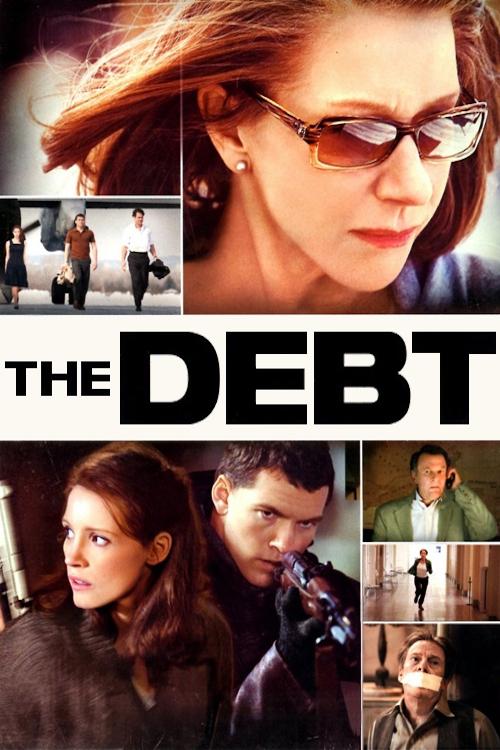 Pioneer Pictures
Pioneer PicturesThis thriller follows a team of intelligence officers tasked with capturing a war criminal and maintaining a cover story about the mission’s outcome. Jessica Chastain and Helen Mirren portray the same operative at different ages, connecting past fieldwork with present-day consequences.
Directed by John Madden, the film alternates between safehouse procedures, border crossings, and false reporting. It examines the management of informants, the ethics of deception inside an agency, and the long-term impact of a compromised operation.
‘Haywire’ (2011)
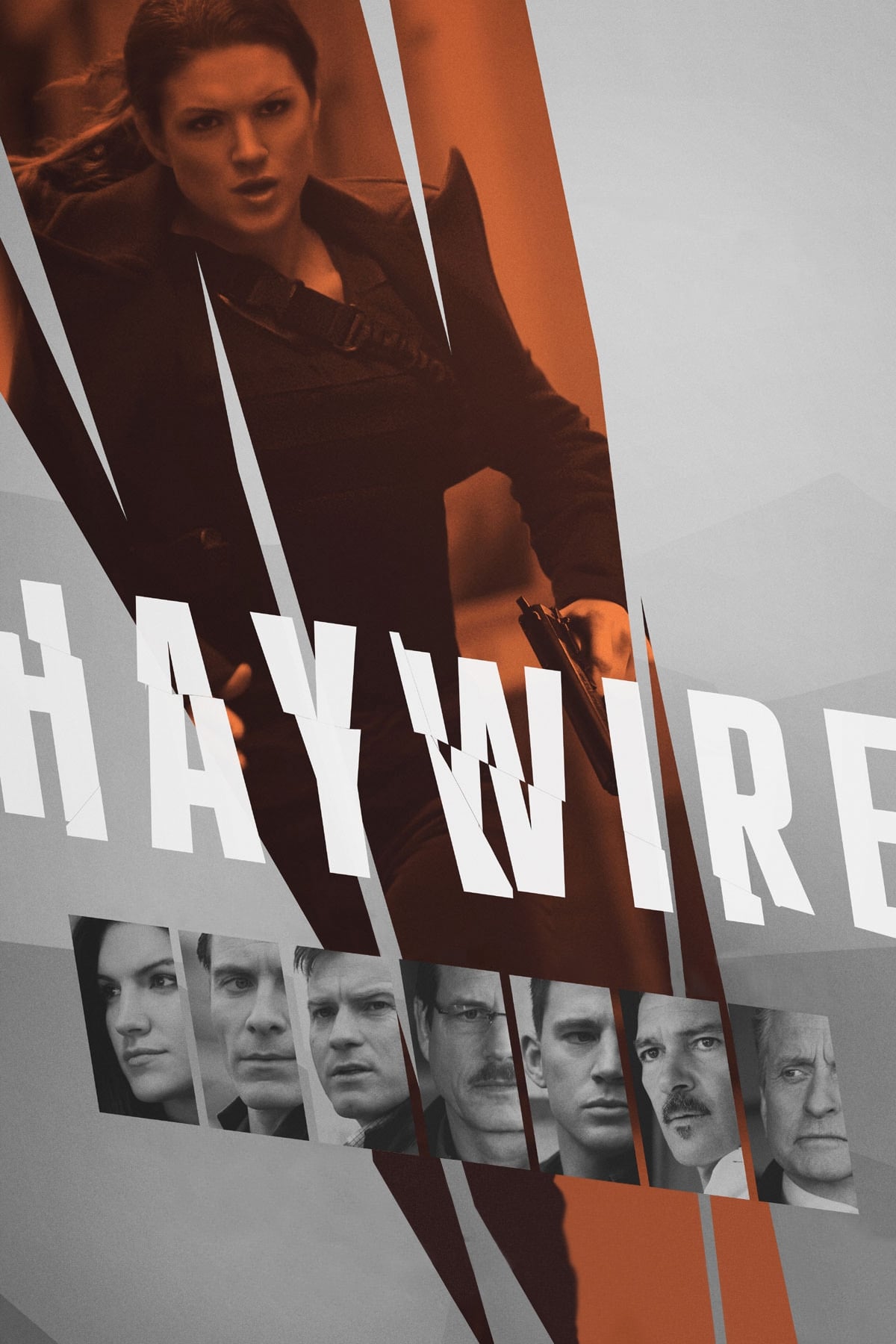 Relativity Media
Relativity MediaGina Carano plays a contractor who works deniable missions for a private firm tied to government clients. After a double-cross, she reconstructs the plot using travel records, asset lists, and surveillance gaps to identify responsible parties.
Directed by Steven Soderbergh, the film uses natural sound and minimal music during fights to emphasize tradecraft and hand-to-hand skills. The cast includes Ewan McGregor, Michael Fassbender, and Channing Tatum, and the production stages operations in Dublin, Barcelona, and New Mexico.
‘Spy’ (2015)
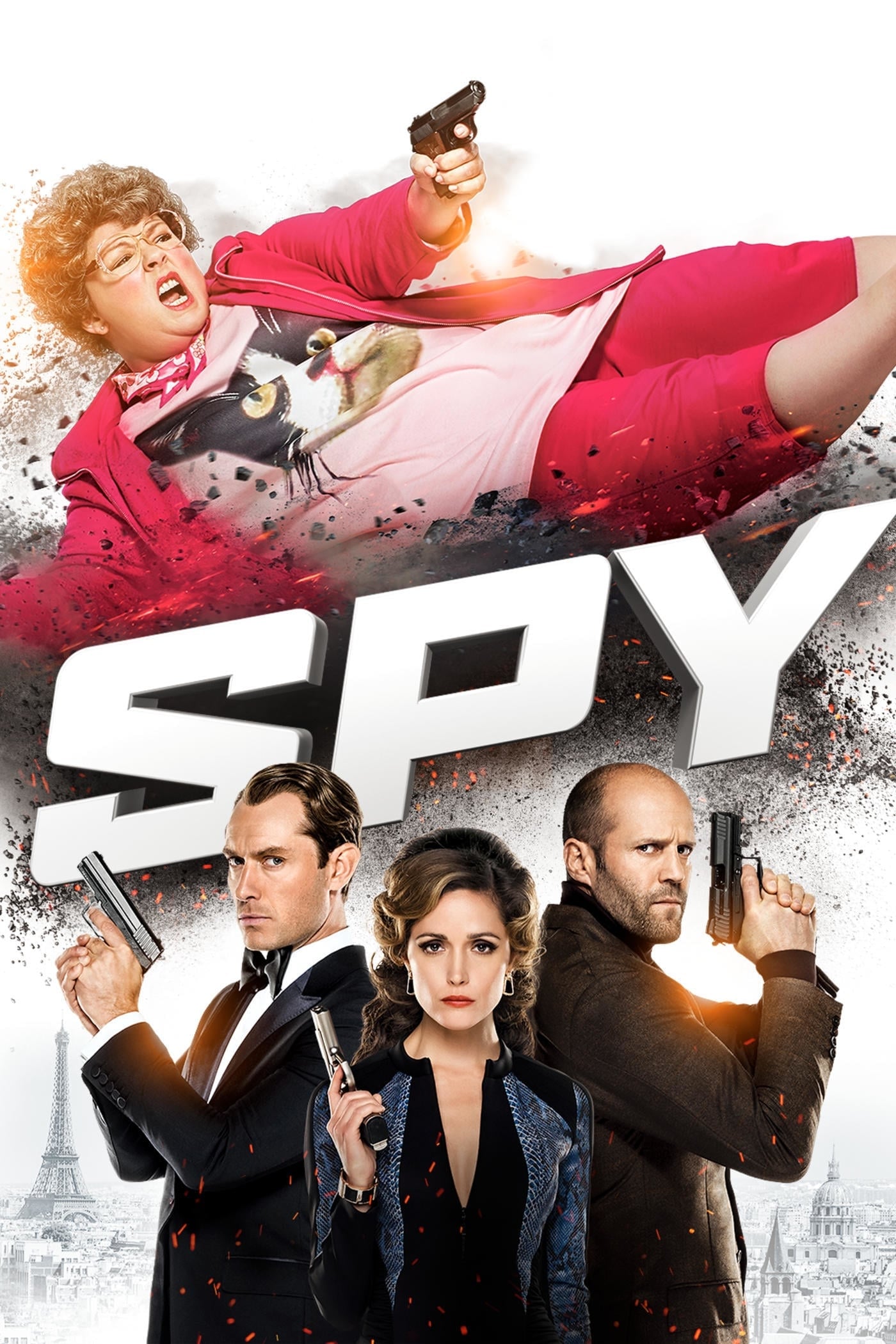 20th Century Fox
20th Century FoxMelissa McCarthy portrays a desk-bound analyst who guides field agents via secure comms and then enters the field under improvised cover identities after a crisis. The story shows her use of non-lethal gadgets, surveillance gear hidden in everyday items, and coordination with an unconventional asset.
Written and directed by Paul Feig, the film co-stars Rose Byrne, Jason Statham, and Jude Law and shoots across Budapest, Paris, and Rome. It balances humor with procedural elements such as safehouse logistics, handler briefings, and tracking of weapons transactions.
‘Allied’ (2016)
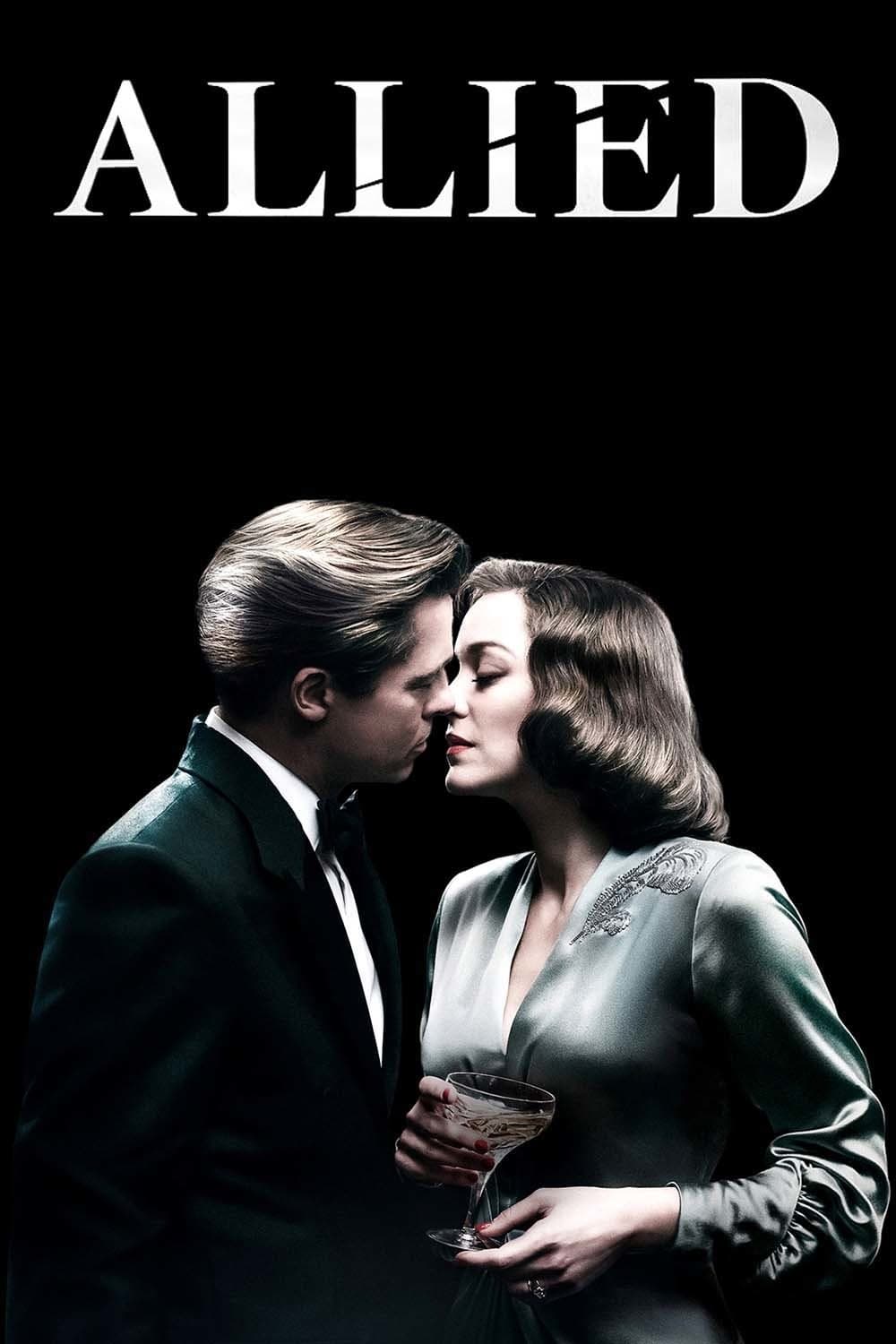 Paramount Pictures
Paramount PicturesMarion Cotillard plays an undercover operative partnered with a Canadian intelligence officer on a mission in North Africa and later in London. The plot tracks the tension between marital life and operational secrecy as counterintelligence teams run controlled tests to verify loyalty.
Directed by Robert Zemeckis with Brad Pitt co-starring, the film uses period aircraft, coded messages, and wardrobe designed for concealed weapons. Its production blends practical sets with visual effects to recreate wartime environments and covert meetings under curfew.
‘Atomic Blonde’ (2017)
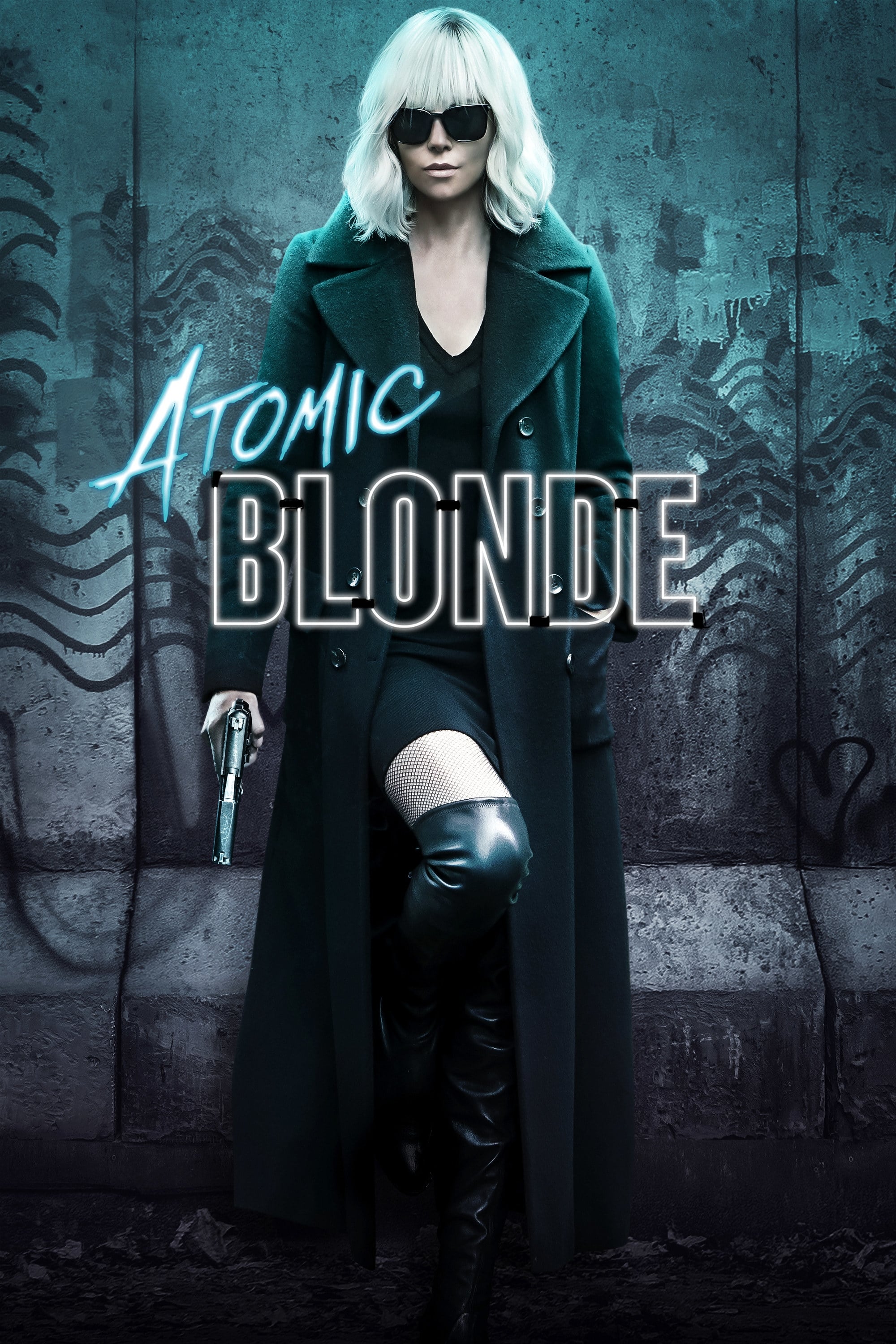 Focus Features
Focus FeaturesCharlize Theron stars as an MI6 agent sent to Berlin to recover a list of double agents during a volatile geopolitical moment. The character navigates safehouses, shifting alliances, and brutal close-quarters fights in stairwells and apartments while managing unreliable contacts.
Directed by David Leitch and based on the graphic novel ‘The Coldest City’, the film integrates long-take action, needle-drop music cues, and a color palette tied to neon signage. Supporting roles by James McAvoy and Sofia Boutella highlight interagency coordination and deception.
‘The Spy Who Dumped Me’ (2018)
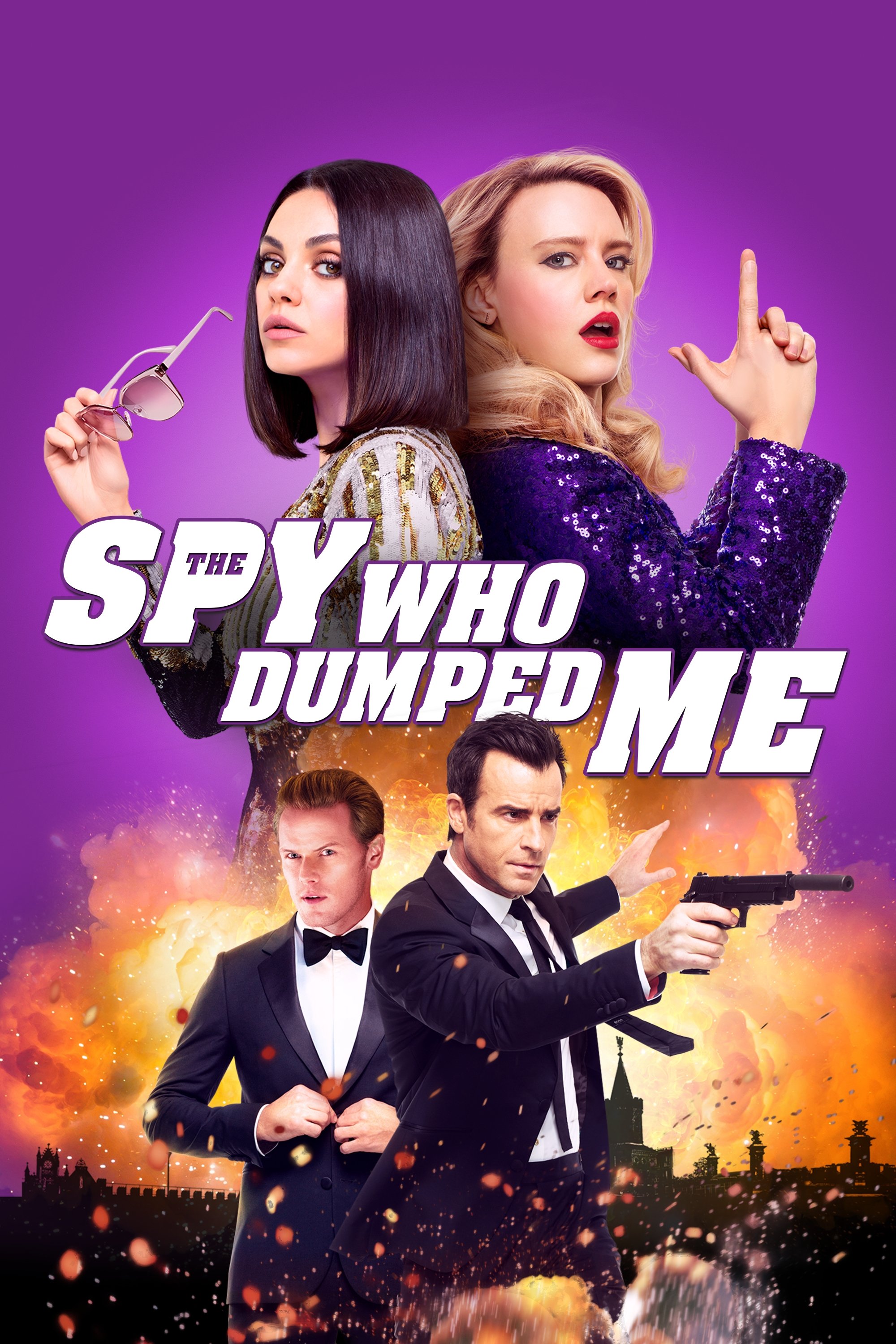 Imagine Entertainment
Imagine EntertainmentMila Kunis and Kate McKinnon are drawn into espionage after a boyfriend’s secret life triggers a hunt for a sensitive item disguised as a consumer device. They move through European transit hubs, use decoys to confuse surveillance teams, and rely on ad hoc allies to reach drop points.
Directed by Susanna Fogel, the film features multiple agencies, shifting handlers, and a professional assassin adversary. It was shot in Budapest, Vienna, Amsterdam, and Berlin, using tourist locations as covers for exchanges and extractions.
‘Red Sparrow’ (2018)
 20th Century Fox
20th Century FoxJennifer Lawrence plays a former ballerina recruited into a specialized program that trains agents in psychological manipulation, surveillance detection routes, and asset recruitment. The mission centers on identifying a mole and managing a high-value contact within a rival service.
Directed by Francis Lawrence with Joel Edgerton and Charlotte Rampling, the film uses embassies, safe apartments, and training facilities as primary settings. It depicts tradecraft such as brush passes, information compartmentalization, and controlled kompromat.
‘A Call to Spy’ (2019)
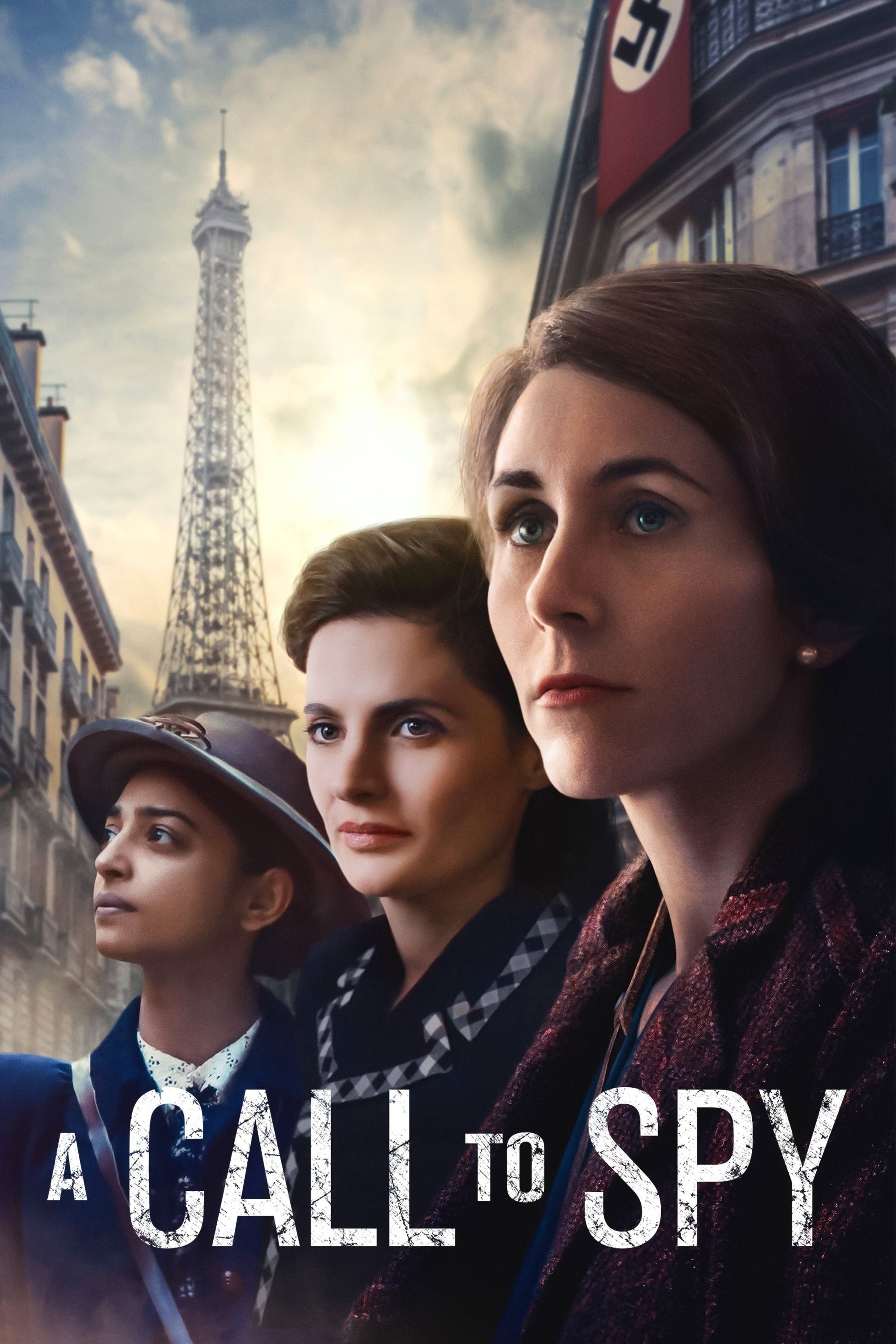 SMT Pictures
SMT PicturesThis historical drama follows Vera Atkins, Virginia Hall, and Noor Inayat Khan as they establish and operate clandestine networks in occupied Europe. The film shows recruitment, wireless operations, and the hazards of transmitting from fixed locations under radio detection threats.
Written and produced by Sarah Megan Thomas, who also stars, the production shot in the United States and abroad to recreate safehouses, rural farms, and city streets under occupation. It draws on biographies and declassified records to map timelines, code names, and mission outcomes.
‘Anna’ (2019)
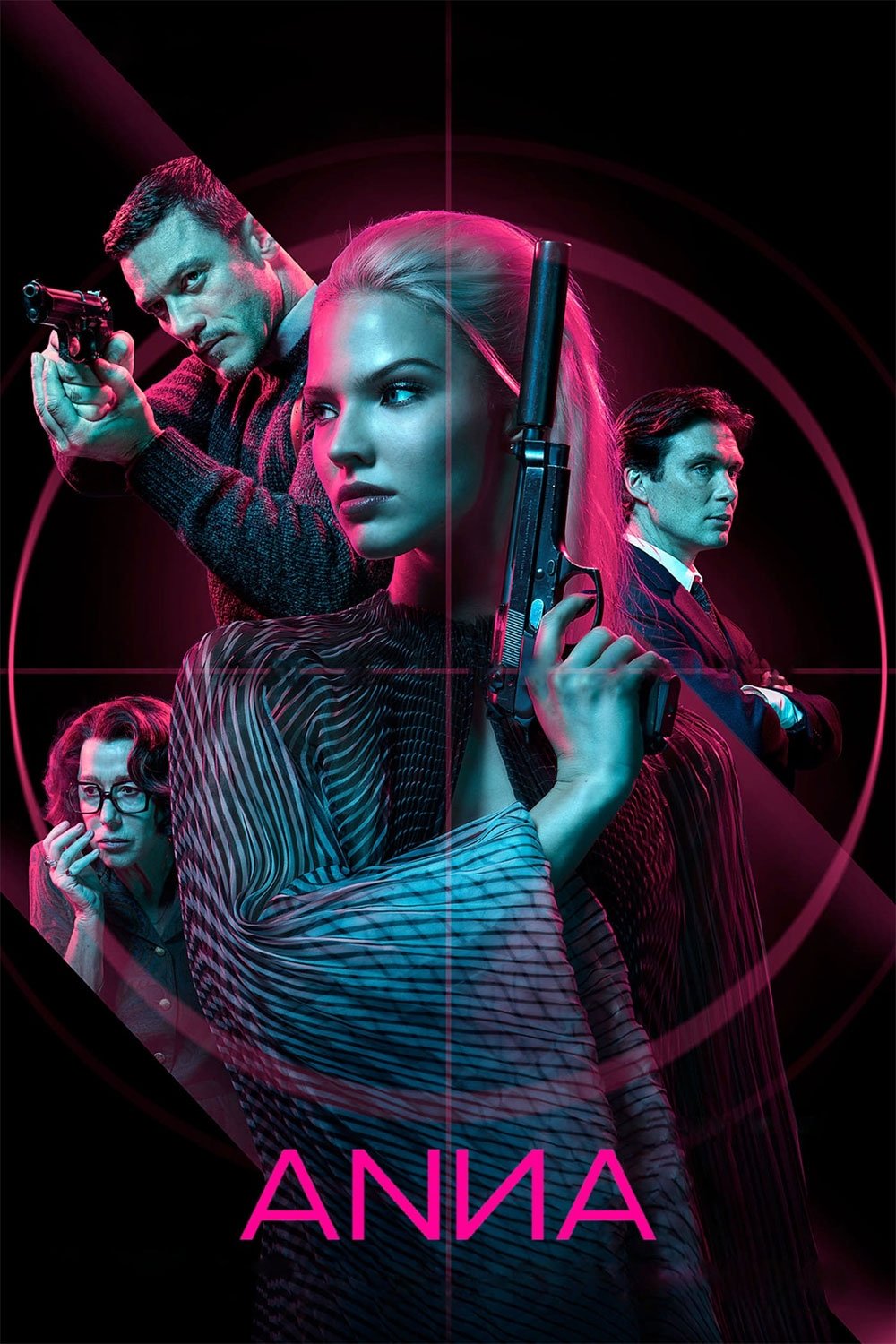 EuropaCorp
EuropaCorpSasha Luss portrays a recruit who works as a deep-cover asset moving between fashion work and assignments that use concealed weapons and tight travel windows. The narrative tracks handler negotiations, time-boxed tasks, and the use of nested identities to evade rival services.
Written and directed by Luc Besson with Helen Mirren and Cillian Murphy, the film stages operations in Moscow, Paris, and Barcelona. It structures the plot with flashbacks that reveal training cycles, probationary periods, and conditional offers from competing agencies.
‘The Operative’ (2019)
 Black Bear Pictures
Black Bear PicturesDiane Kruger plays a woman recruited by an intelligence service to penetrate an industrial target in the Middle East. The story presents language training, integration into a local workforce, and cutout communications through mundane routines such as shopping and commuting.
Directed by Yuval Adler and co-starring Martin Freeman, the film is adapted from the novel ‘The English Teacher’. It uses handheld camerawork and real locations to depict surveillance teams, emergency exfiltration planning, and the risks of compromised radio traffic.
‘Black Widow’ (2021)
 Marvel Studios
Marvel StudiosScarlett Johansson returns as an operative confronting a program that trains young girls as covert assets. The plot includes safehouse networks across Eastern Europe, a stolen ledger with identities, and a final operation to dismantle command infrastructure.
Directed by Cate Shortland with Florence Pugh, Rachel Weisz, and David Harbour, the film features air and ground exfiltration sequences and a mobile headquarters used as a command node. It addresses conditioning, defection, and the reconfiguration of an organization after exposure.
‘The 355’ (2022)
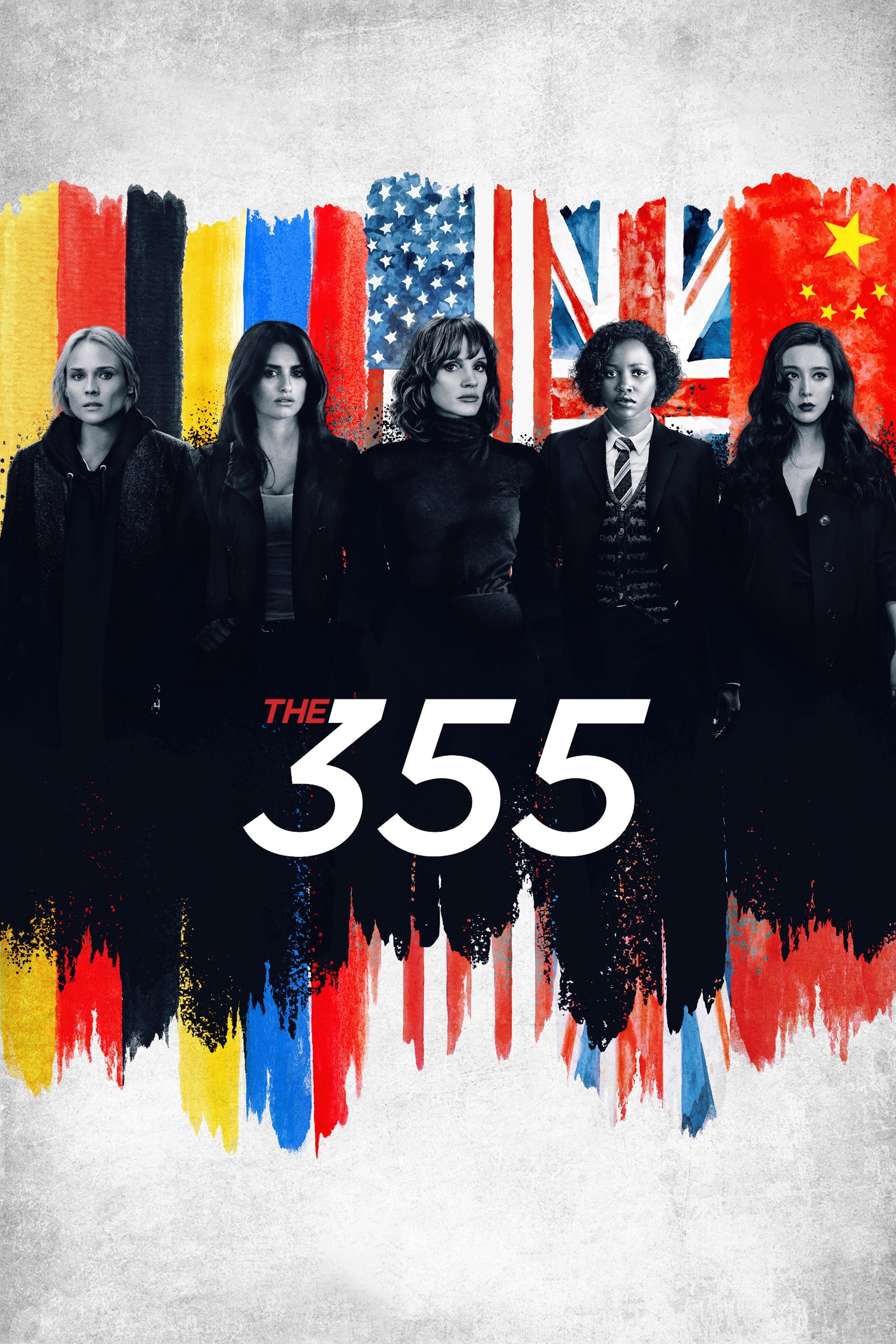 Universal Pictures
Universal PicturesAn international team of agents teams up to retrieve a device capable of accessing secure systems. The operatives from multiple countries coordinate cover identities, auction infiltrations, and overlapping surveillance to prevent the sale.
Directed by Simon Kinberg and starring Jessica Chastain, Lupita Nyong’o, Penélope Cruz, Diane Kruger, and Fan Bingbing, the production spans Paris, Marrakesh, Shanghai, and London. It focuses on cross-service cooperation, chain-of-custody issues for sensitive tech, and the tradeoffs of sharing sources.
Share your favorite female-led spy films in the comments and tell us which missions kept you glued to the screen.

.jpeg)

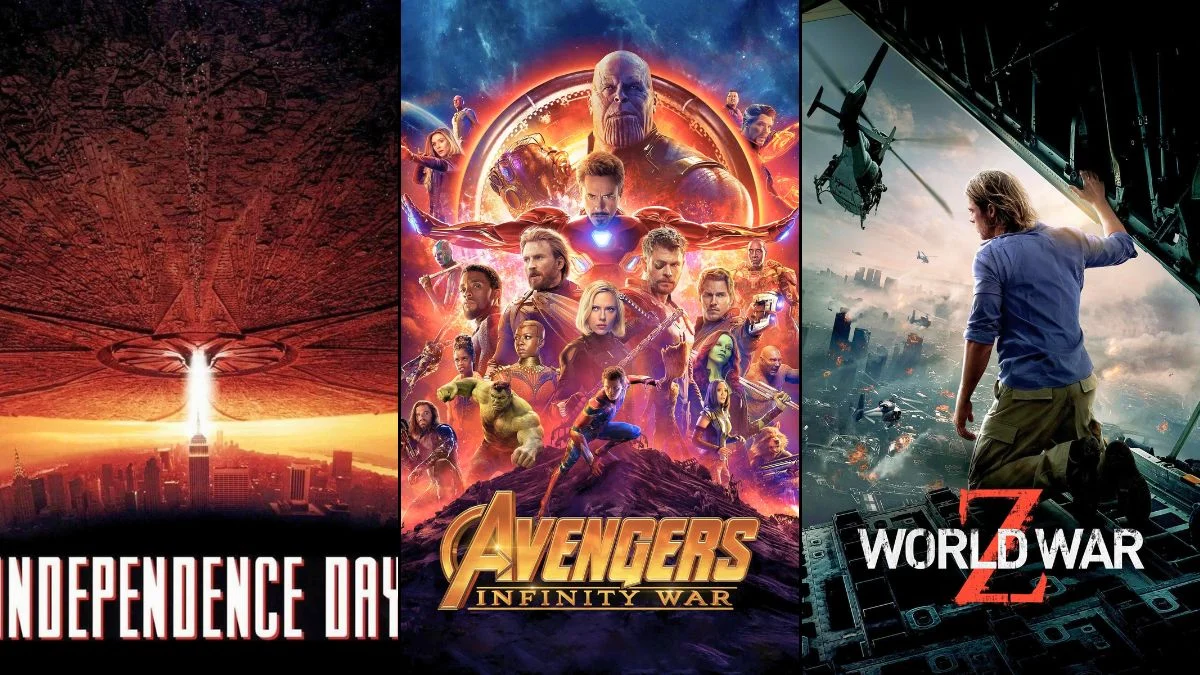



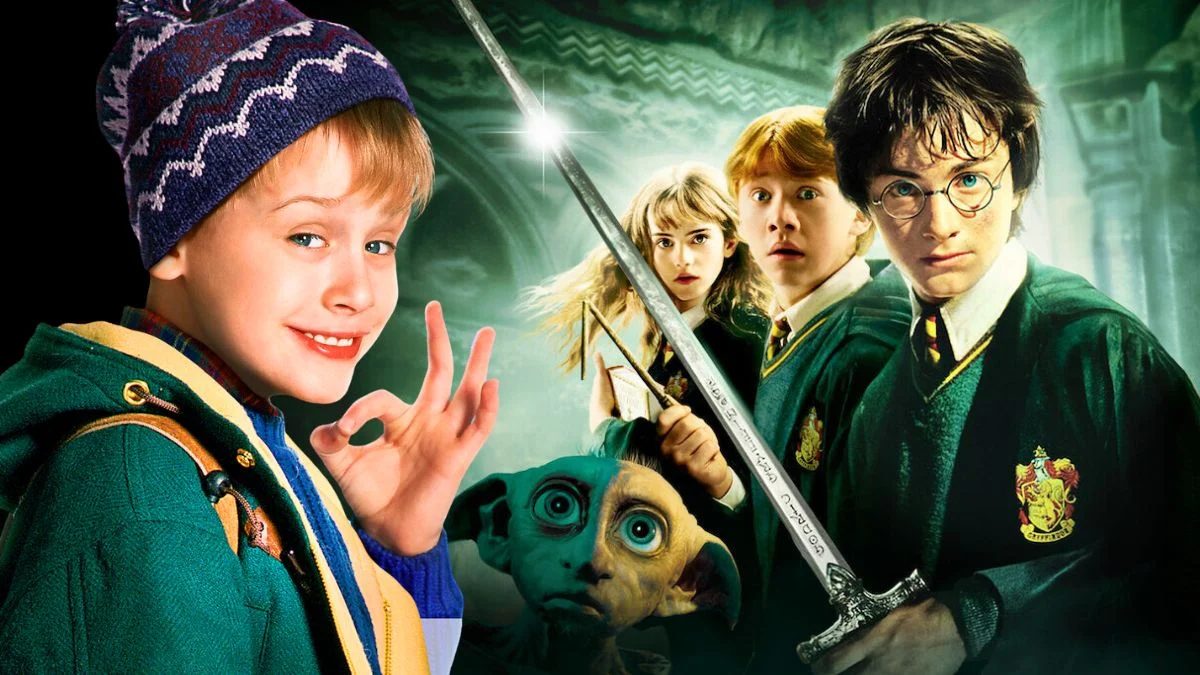
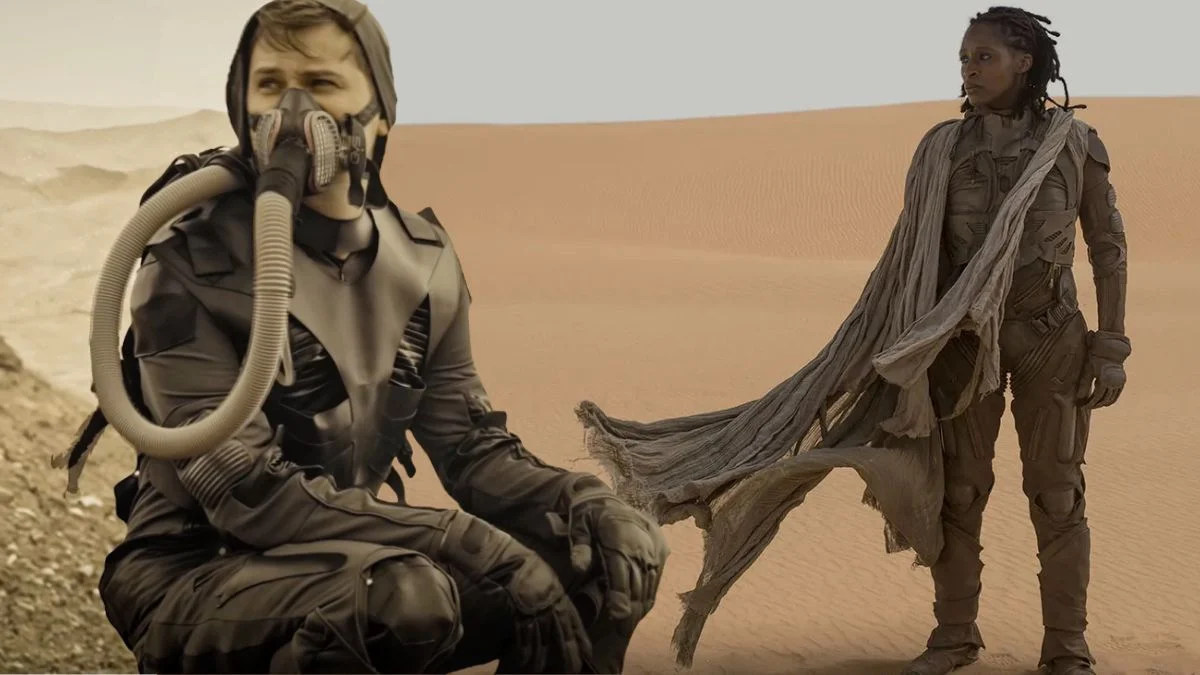
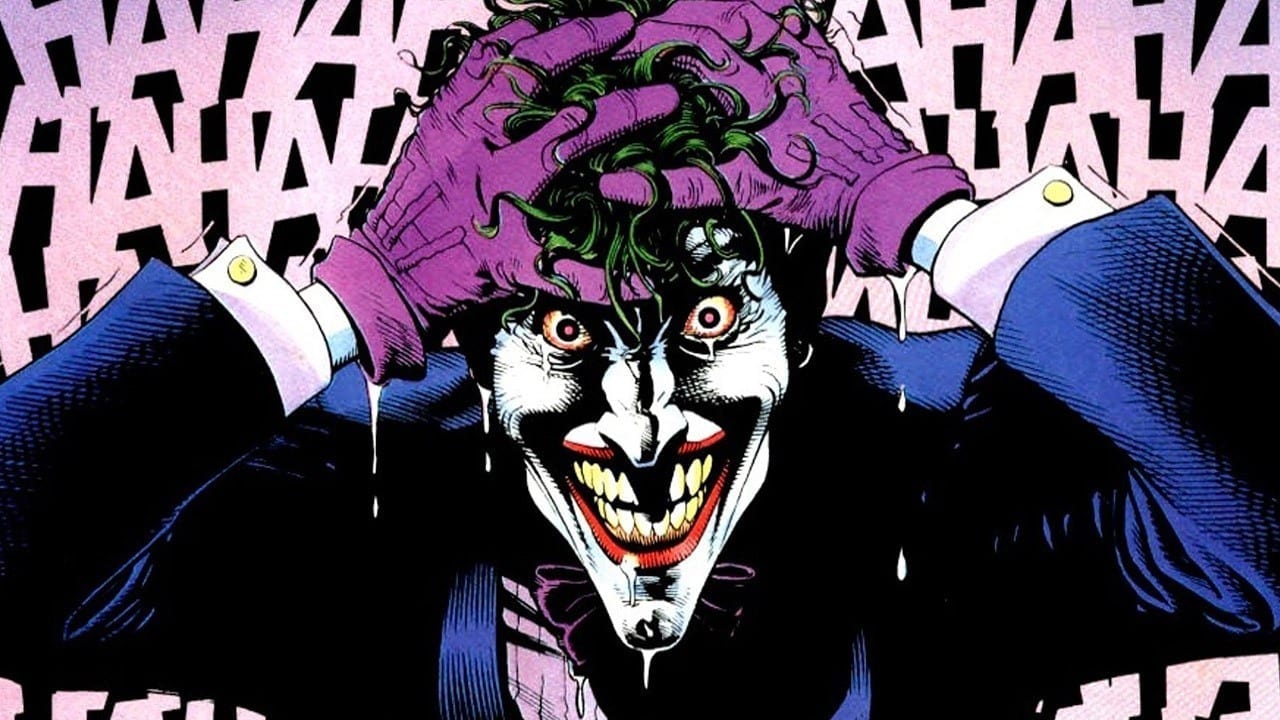
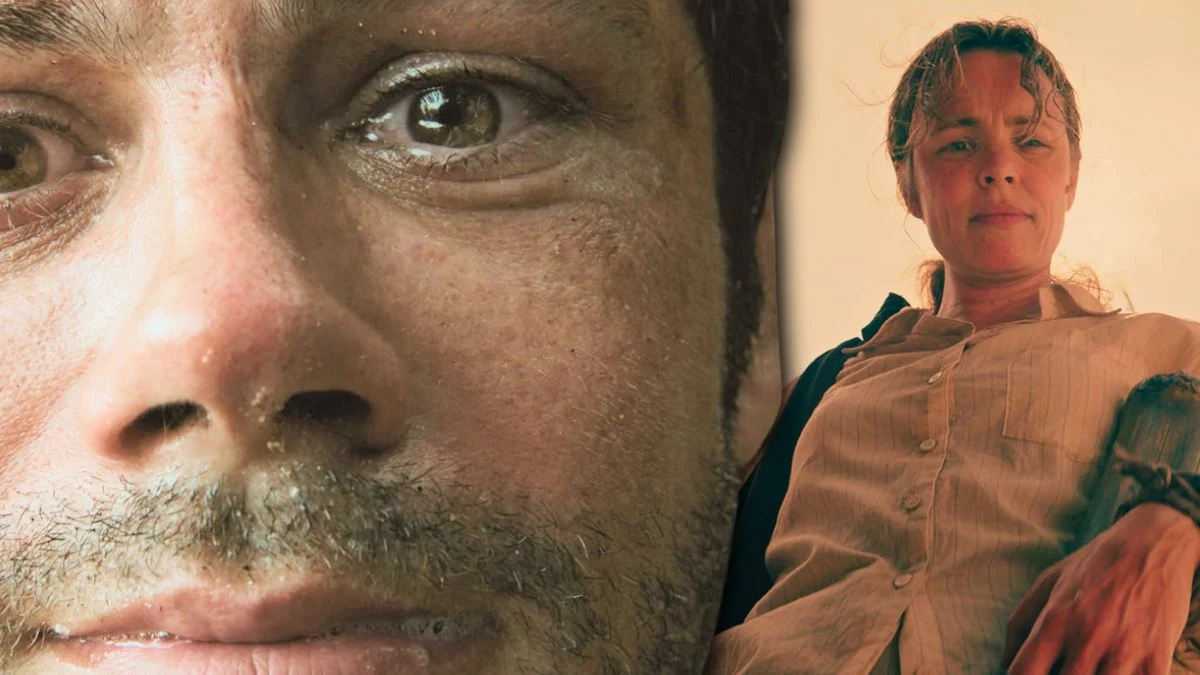







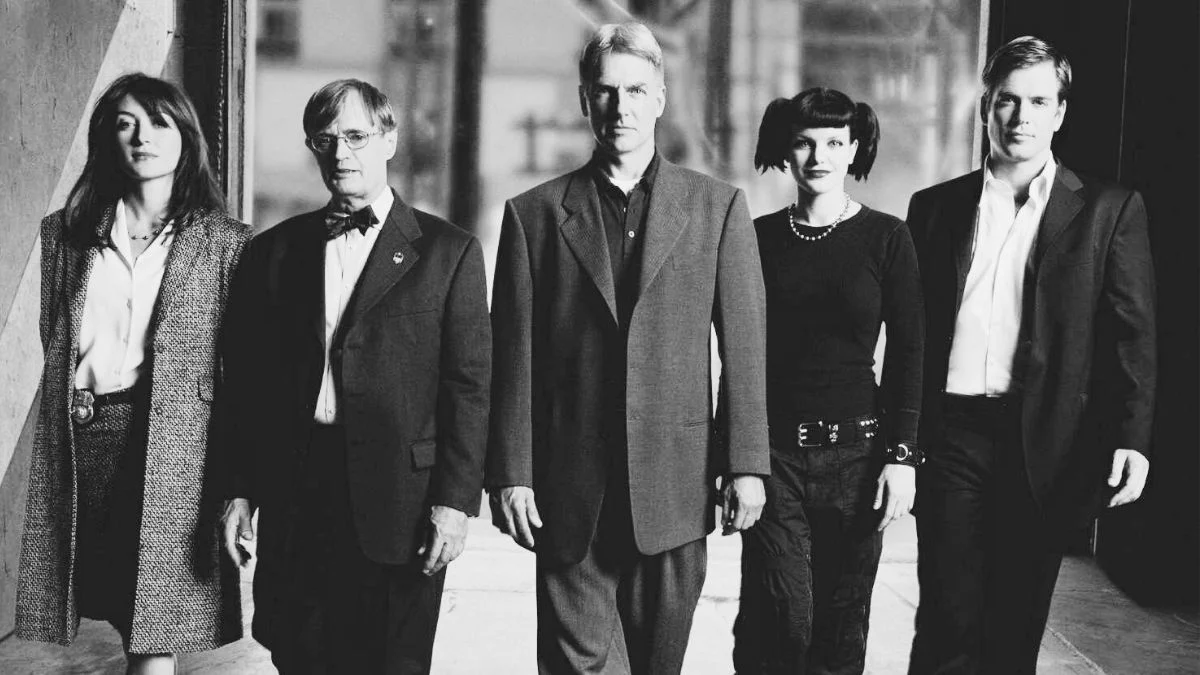
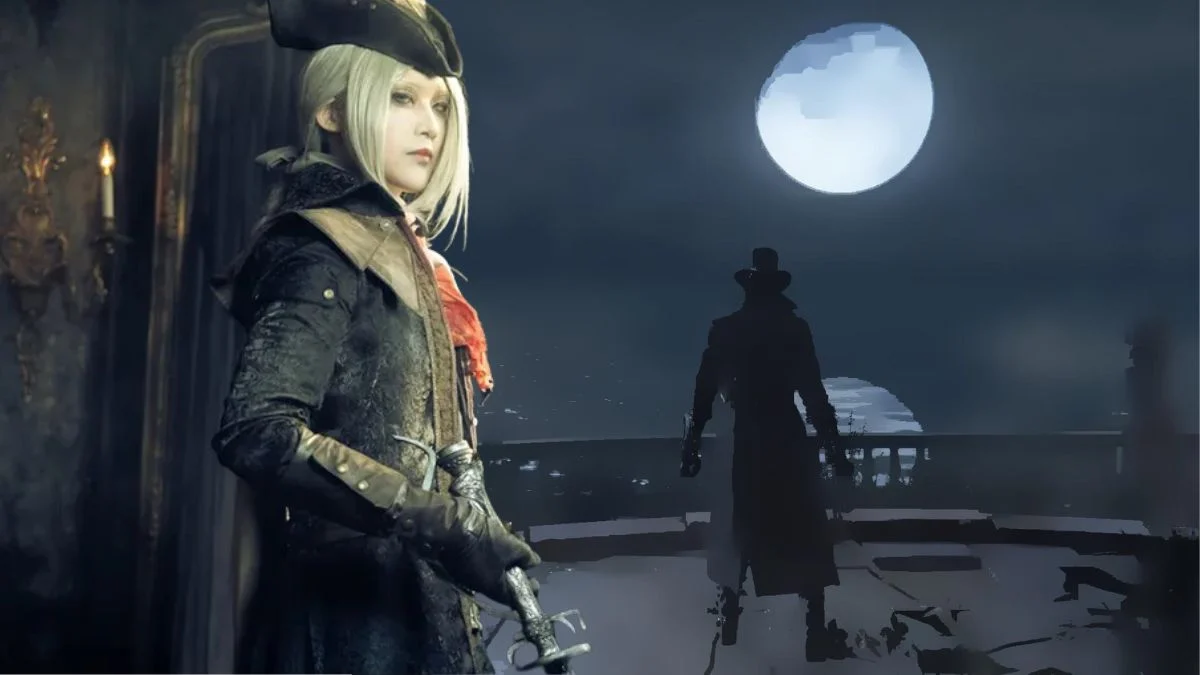




.jpeg)













 English (US) ·
English (US) ·